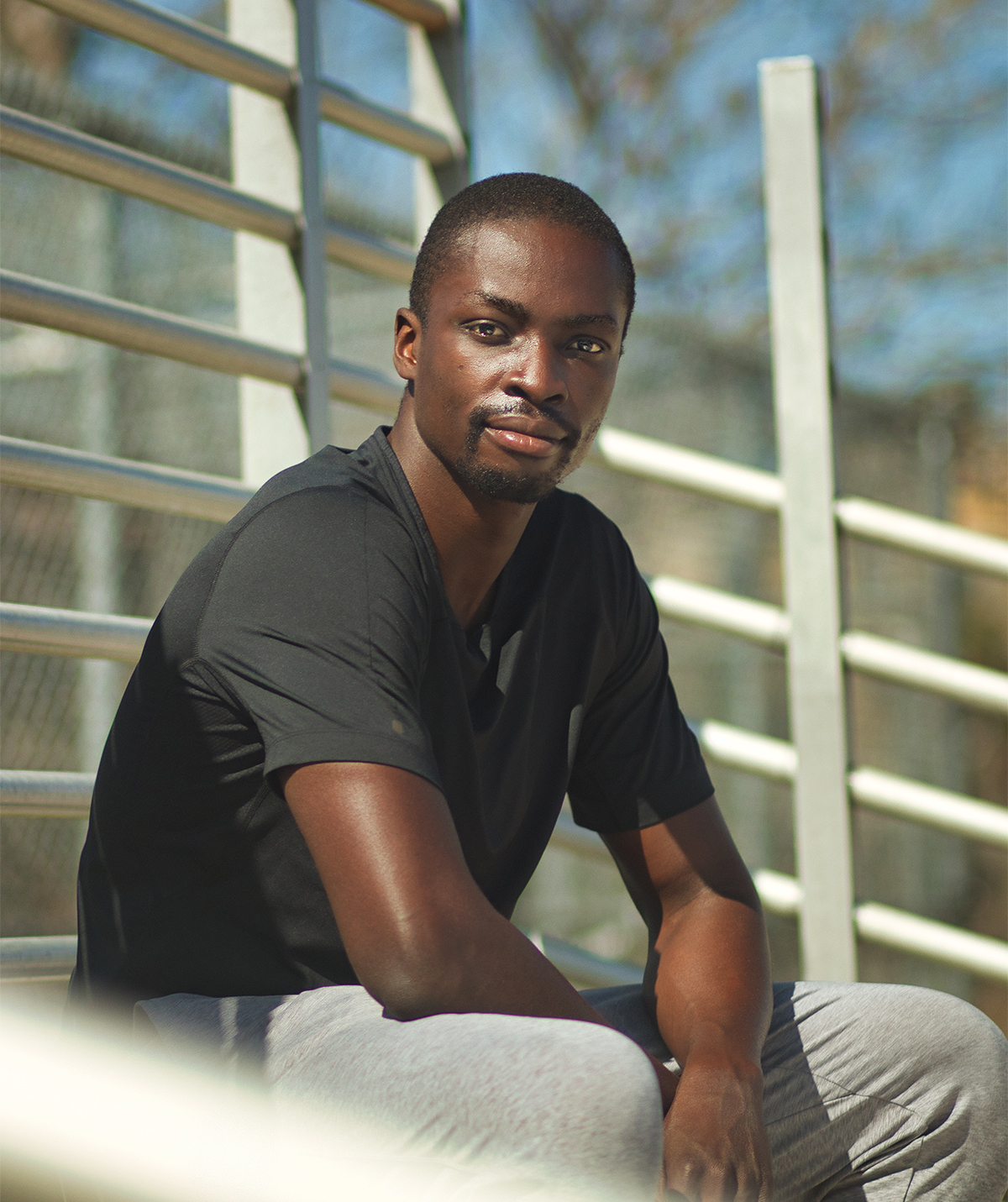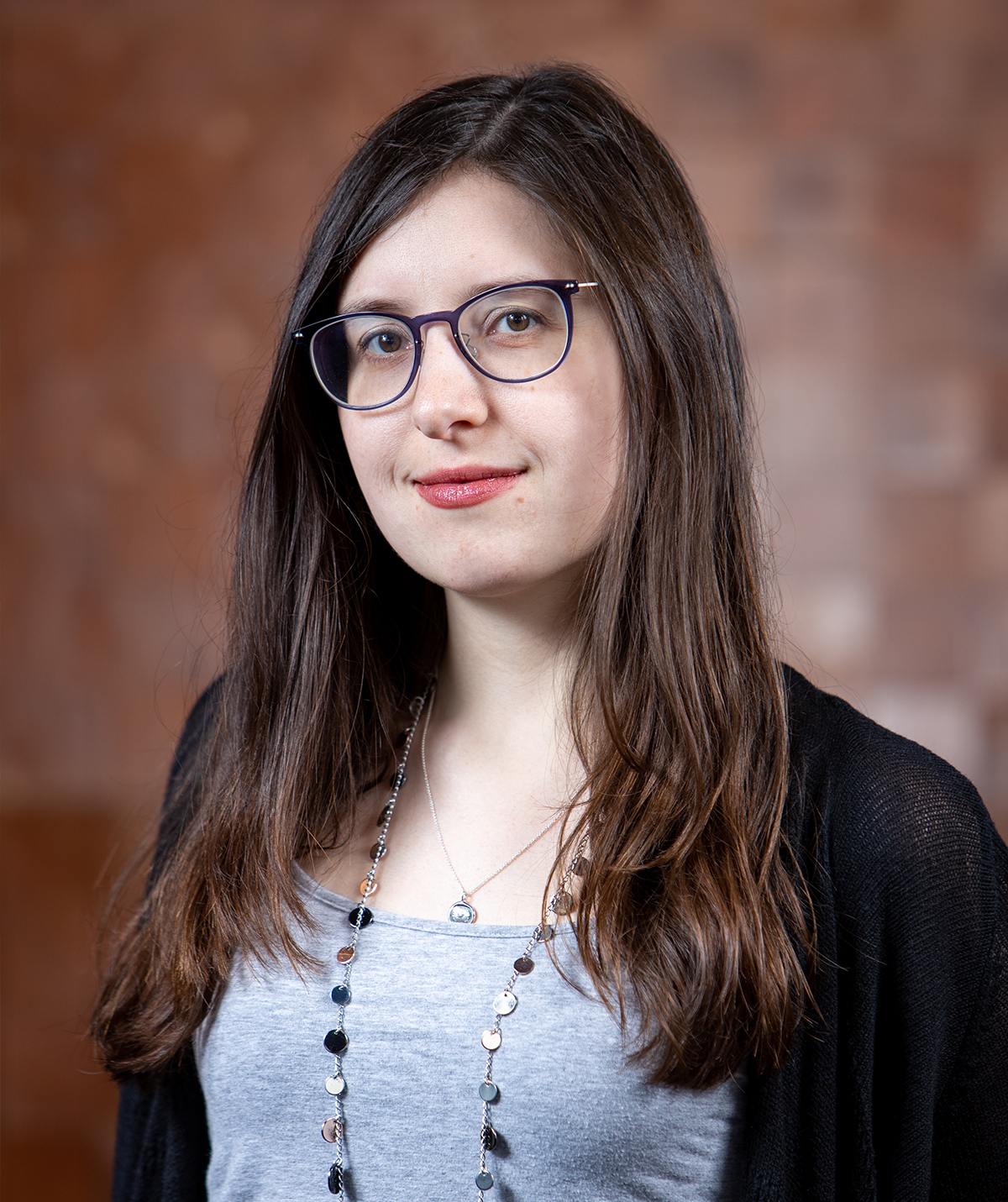By Meredith Alexander Kunz
The chance to explore. The opportunity to have an impact. Flexible ways of thinking and working. Deep collaboration.
These are just a few of the reasons why research engineers and scientists join Adobe Research. Follow along on the journeys of three recent hires whose courage to experiment led them to take on new full-time roles.
The road to research

Ohiremen “Ohi” Dibua, Research Engineer, immigrated to the US from Nigeria as a 6-year-old. He grew up in Baltimore. “I went to a diverse school. I learned a lot of real-life skills from interacting with people from different backgrounds,” he explains. He discovered an intense love of science and engineering in 8th grade, when his teacher recruited him and a subset of other students to an after-school STEM club. She gave them challenging assignments and expected students to “figure it out.” Dibua recounts, “everyone in the club went on to a science career. She inspired us.”
He earned a PhD in mechanical engineering at Stanford, where he took up computer programming in his free time. Dibua soon became interested in machine learning. That led to his work on medical imagery at a startup, where he applied machine learning to biological data. He discovered the importance of developing a well-curated dataset for artificial intelligence—a skill he’s using full time at Adobe Research.

Jane Hoffswell, Research Scientist, grew up in Seattle with a strong interest in science and technology. As a high schooler, she joined the rocketry team. “We did the Team America Rocketry Challenge (TARC). The rockets we built had an egg inside that wasn’t supposed to break, and you’d have to hit a certain height,” she recalls. The team did well enough to be invited to bigger events. She traveled to NASA in Huntsville, Alabama, for a student launch, and to Manassas, Virginia, for TARC.
In college, Hoffswell worked on summer research projects, and in one, she started drawing complex graphs to figure out a solution. It began on paper, but then she started looking for digital tools to help. She quickly discovered the world of data visualization. “I found out it was a field that people were working on, on a grander scale. And I got excited about grad school and focusing on these problems.” Her interest led to a PhD from the University of Washington, where she was part of the Interactive Data Lab, and two internships at Adobe Research. She’s now focusing on data visualization after joining the team full-time.

Rebecca Li, Research Engineer, hails from Beijing. She attended the bachelor to PhD program at the University of Houston, where she made the leap to computer vision research. In her university research lab, she worked on biological image processing and data analysis. “We counted the cells in a whole brain. That’s about 200,000 cells,” she says.
A versatile engineer, Li did three internships in different computer vision-related areas: Health and medicine; chip design for self-driving cars; and oil and gas exploration. She learned about image segmentation and inpainting for a range of applications—topics that are critical to photo and video editing.
“My thesis was about segmentation, and I am still passionate about image processing,” she reports. She connected with Adobe Research staff interested in this area, which later led to her take on a full-time position.
Combining research and impact
Dibua, Hoffswell, and Li each came to Adobe Research with a PhD. They had all decided on a career in industry and remain engaged in research work, too. The combination of research opportunities and product impact that Adobe Research offers was a driving force behind their choice to join the team.
“It’s not just research that is really important, it’s figuring out the implications, and how it could impact Adobe customers and products,” says Hoffswell. “The potential to be useful for someone down the line was a huge draw for me.” In her recent work, she has looked at new ways to help designers better communicate with their audiences. She was first author on an award-winning CHI research paper on responsive data visualizations, a collaboration with Adobe Research.
Li agrees. “I really like the concept that a lot of things I work on will be sharable and will make some contribution to the rest of the world.”
For Dibua, working on data-related projects has the potential to solve important problems that go beyond one single initiative. “I’m looking at bias in machine learning and investigating how to interpret models well. The goal is to make machine learning more systematic,” he explains.
The appeal of Adobe Research’s work culture
All three of these recent hires were also attracted to Adobe Research’s work culture. They point out that the flexibility and exploration built into the team’s approach extends from how work is accomplished to the ability to select new projects and teams to partner with.
Dibua saw this in the mindset of Adobe Research staff when he interviewed. “People I met with here were not rigid in their thinking and were open to new ideas. It made me want to join Adobe.”
And in terms of the work itself, “It’s nice to have the flexibility to explore a lot of really interesting, different things,” says Hoffswell.
Because of the way teams work together, many opportunities are just one meeting away, Li explains. “In some companies, different teams are more closed. Here, the border is open. I’m exposed to a lot of opportunities,” she says. “I also really enjoy the deep collaboration among teams.”
She explained how she meets new people and groups: “I talk to one person, and then they say, if you’re interested, talk to these two other people,” and so on from there. She’s already become involved in cross-team efforts in her first few months on the job.
This collaborative ethos goes beyond single projects, says Hoffswell. “I’ve seen the excitement that people have for other people’s work, wanting to know more, or to collaborate,” she explains, citing what she observed during her internships and now as a staff member. “No matter who you talk to, everyone just wants to hear what you’re doing and thinks it’s awesome. I love the enthusiasm.”
To learn more about joining the Adobe Research team, visit our website’s Careers section and full-time positions page.